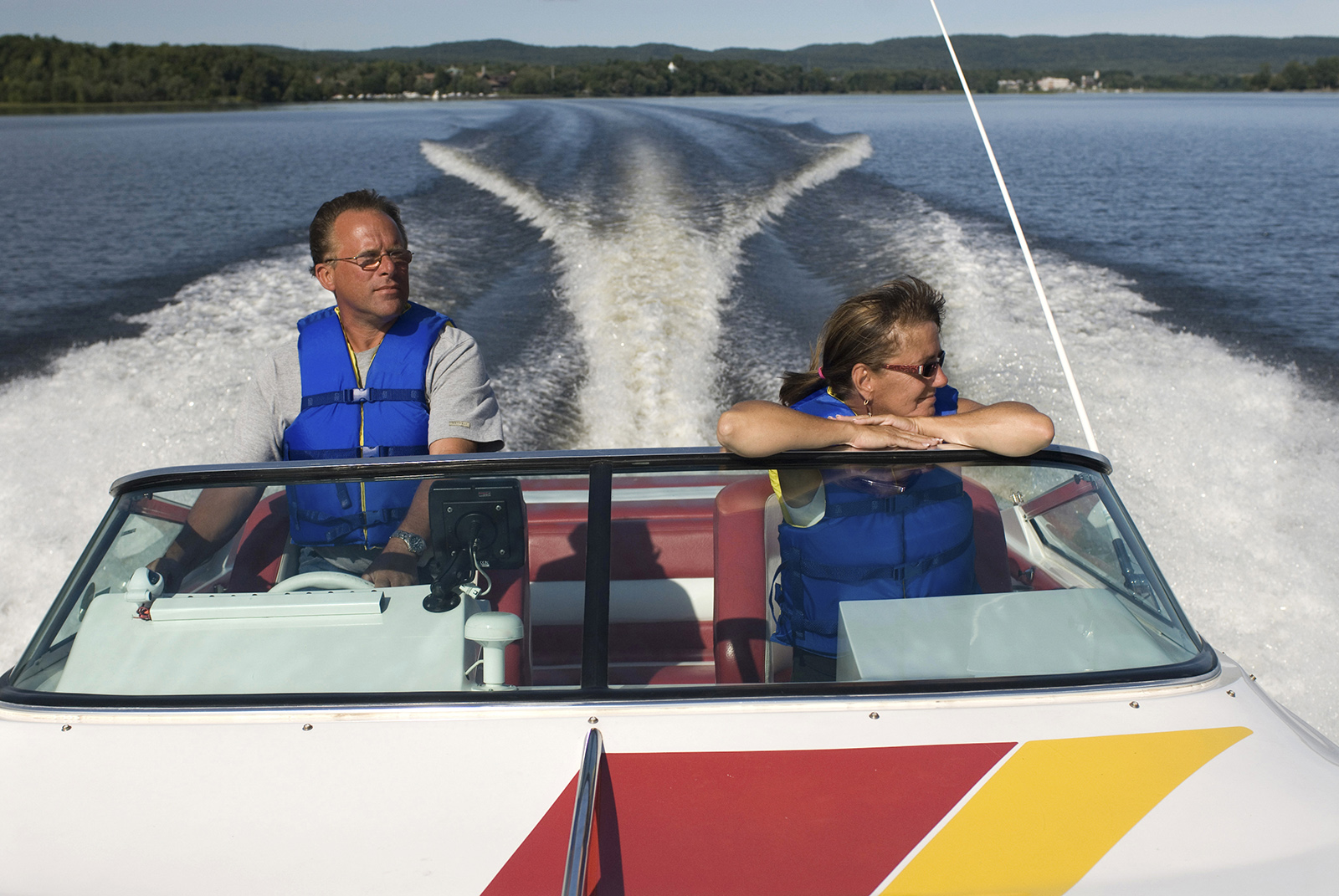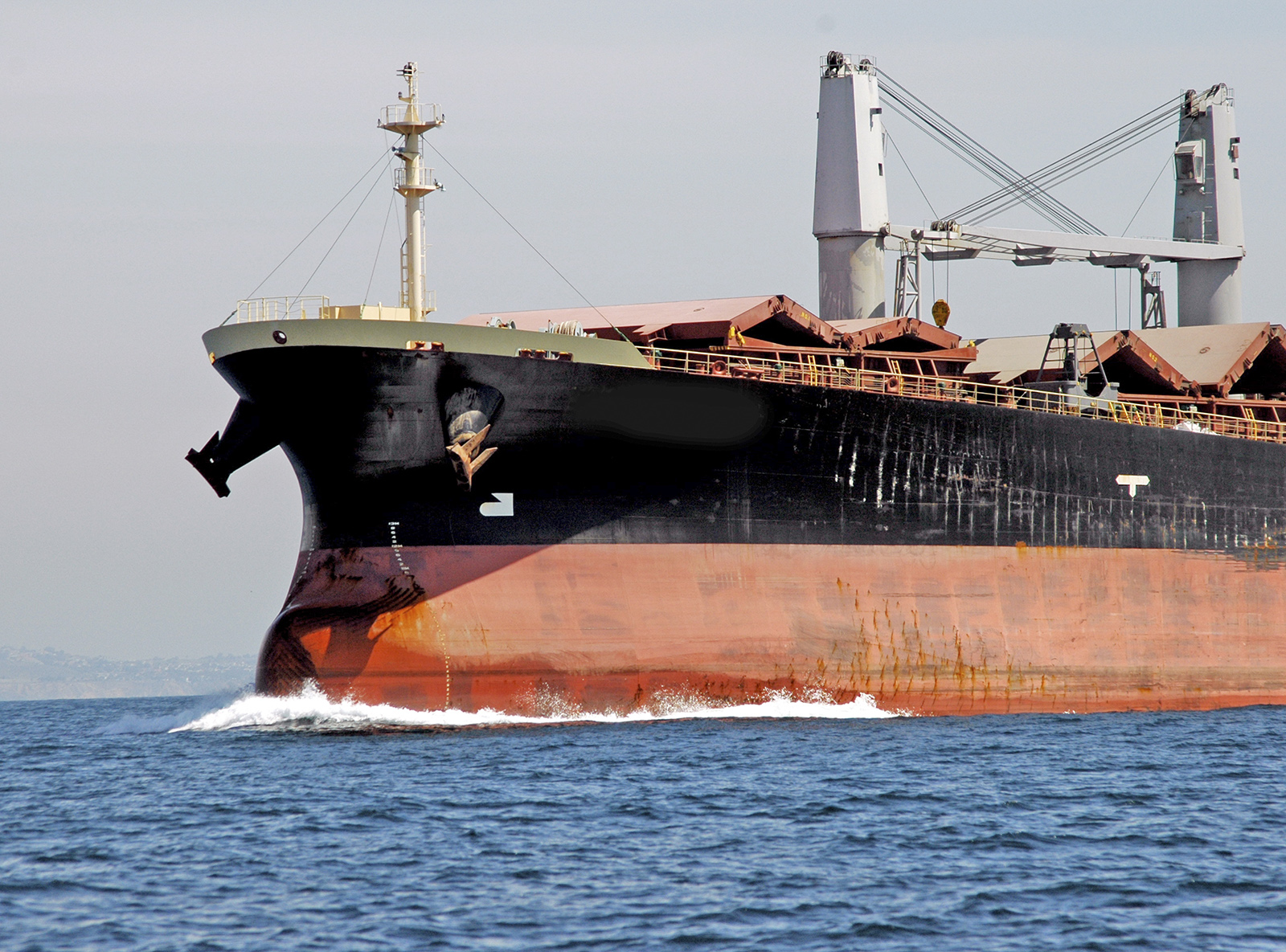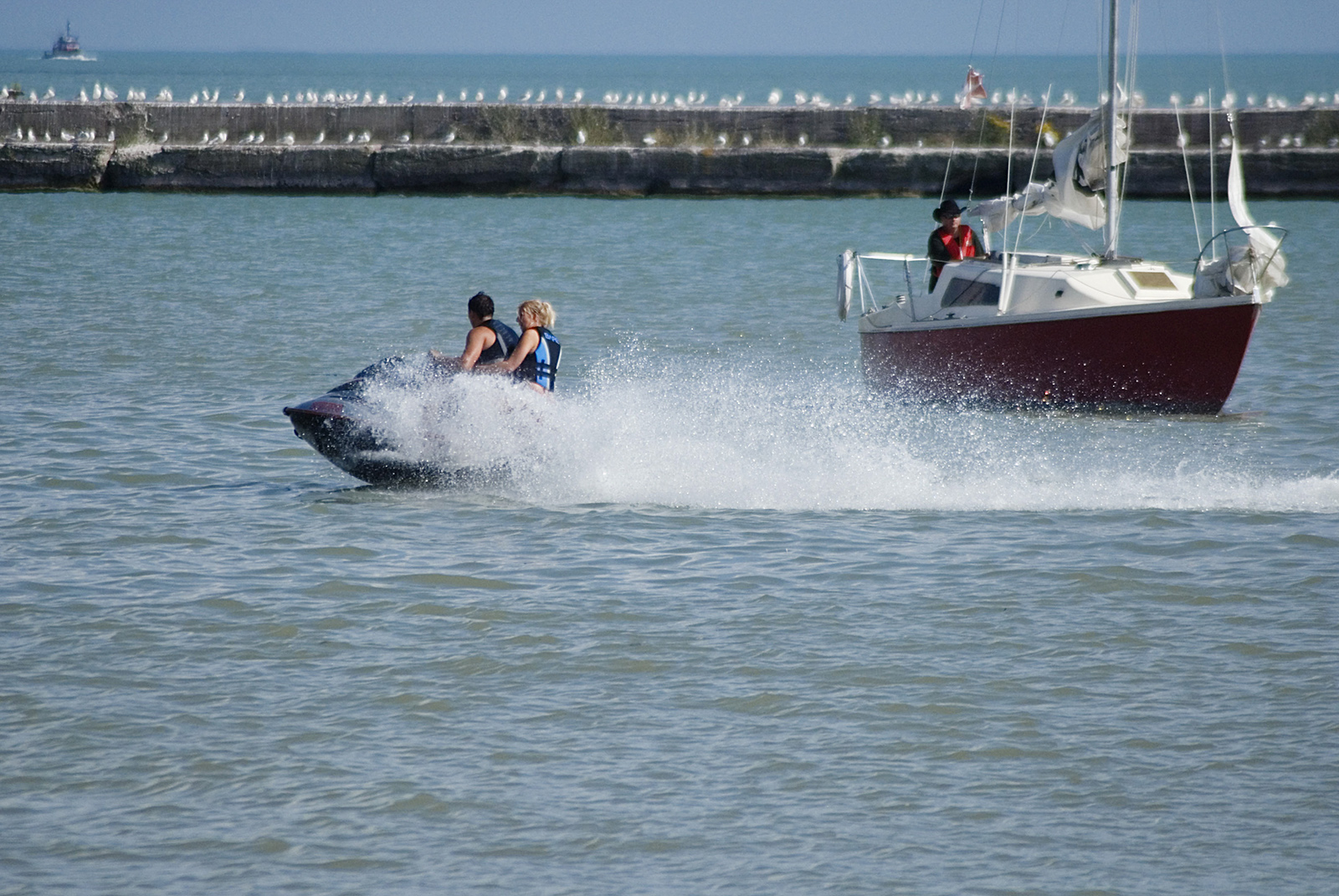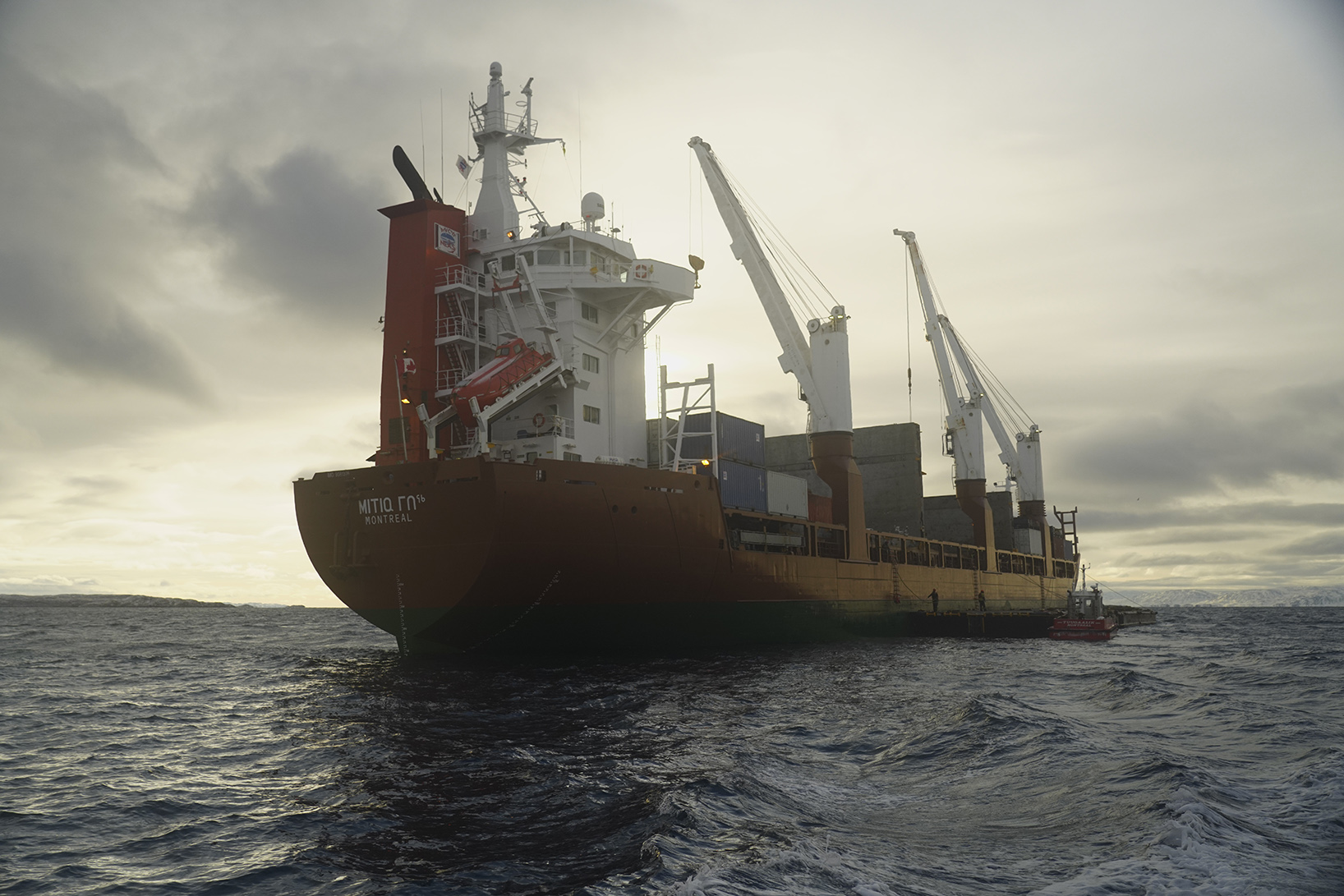The past two years have seen the number of pleasure boaters on Canada’s waterways increase significantly. Pandemic restrictions have led Canadians to turn en masse to outdoor activities, including pleasure boating. From rowboats to paddleboards to yachts, this growing interest in boating activities is expected to continue this summer. The large number of pleasure boaters sharing the waterways means everyone must know the rules of navigation and be respectful and courteous to other users, so everyone can have a safe and enjoyable experience!
Know the rules
There aren’t any roads or signs on the water, so navigating watercraft is more complex than driving a land vehicle. This is why it is essential for every navigator to know the rules, to reduce the risk of collision with another pleasure craft or a larger ship. This is not just a question of courtesy: it’s also set out in the Collision Regulations. The Regulations apply to all vessels, from canoes to oil tankers. These rules address many situations: operating in limited visibility, avoiding collisions, navigation lights and distinctive day signals (shapes) to use in different circumstances, and much more! There are far more rules than we can detail in this article. However, it is your responsibility to be familiar with them when you go out on the water.
 Share the waterways with larger vessels
Share the waterways with larger vessels
Every year, thousands of large ships criss-cross the coastlines and shipping lanes. Ferries, tugboats, and fishing boats also use these major routes. However, the coexistence of these commercial ships and pleasure craft is not always smooth. Each year, many close encounters between pleasure crafts and commercial vessels are reported by pilots.
Keep a constant watch around you and be prepared to yield to large ships. Stay alert to ambient noise and know how to recognize the warning signal of an approaching vessel. If you hear five or more short warning sounds, the situation has become high risk and you must quickly clear the way to avoid a collision.
According to the Collision Regulations, vessels less than 20 metres in length (including sailboats) must not impede the passage of large vessels, since large vessels can navigate safely only within a channel that is primarily intended for them. Their size greatly limits their ability to modify their course and they require a much longer stopping distance than a pleasure craft. Similarly, you must maintain a reasonable distance from ferries that are docked or in transit, vessels in tow, and working fishing vessels. Their limited mobility means they cannot always change their route quickly to avoid you.
 Avoid dangerous behaviour on the water
Avoid dangerous behaviour on the water
When operating a motorboat, avoid spraying swimmers, cutting in front of or crossing the wake of another vessel. Some of the worst boating incidents happen when operators misjudge speed or distance.
Always adjust your speed according to visibility, waterway traffic, and the presence of hazards such as rocks, structures, or floating trees. Make sure you consider the wind, currents, and how quickly your boat can change directions if you encounter an obstacle. Your boat’s wake can damage other boats, docks, or the shoreline. It can also be a risk for swimmers, divers and people on small boats that might capsize. You could be held liable for any damages or harm you cause.
 Reduce engine noise
Reduce engine noise
Respecting other waterway users also means limiting engine noise. What could be more unpleasant than the sound of a boat going in circles at high speed for hours on end? Every boat equipped with a motor other than an outboard engine or a sterndrive that discharges its exhaust underwater (unmodified) must have a muffler and use it while operating within five nautical miles (9.26 km) of shore. This does not apply to you if your boat was built before January 1, 1960, or if you are participating in an official competition, or in formal training, or final preparation for an official competition, or if it is propelled by gas turbines or by an aircraft-type propeller operating in air. To learn more, see Section 1000 of the Small Vessel Regulations.
For further information about boating safety, visit the Office of Boating Safety website at https://tc.canada.ca/en/marine-transportation/marine-safety/office-boating-safety
Keyword : Boating, boating laws, boating rules, boating tips, boating tricks, must-know, successful boating, summer boating, Transport Canada, waterway, waterways rules Boating, boating laws, boating rules, boating tips, boating tricks, must-know, successful boating, summer boating, Transport Canada, waterway, waterways rules


 Share the waterways with larger vessels
Share the waterways with larger vessels Avoid dangerous behaviour on the water
Avoid dangerous behaviour on the water Reduce engine noise
Reduce engine noise